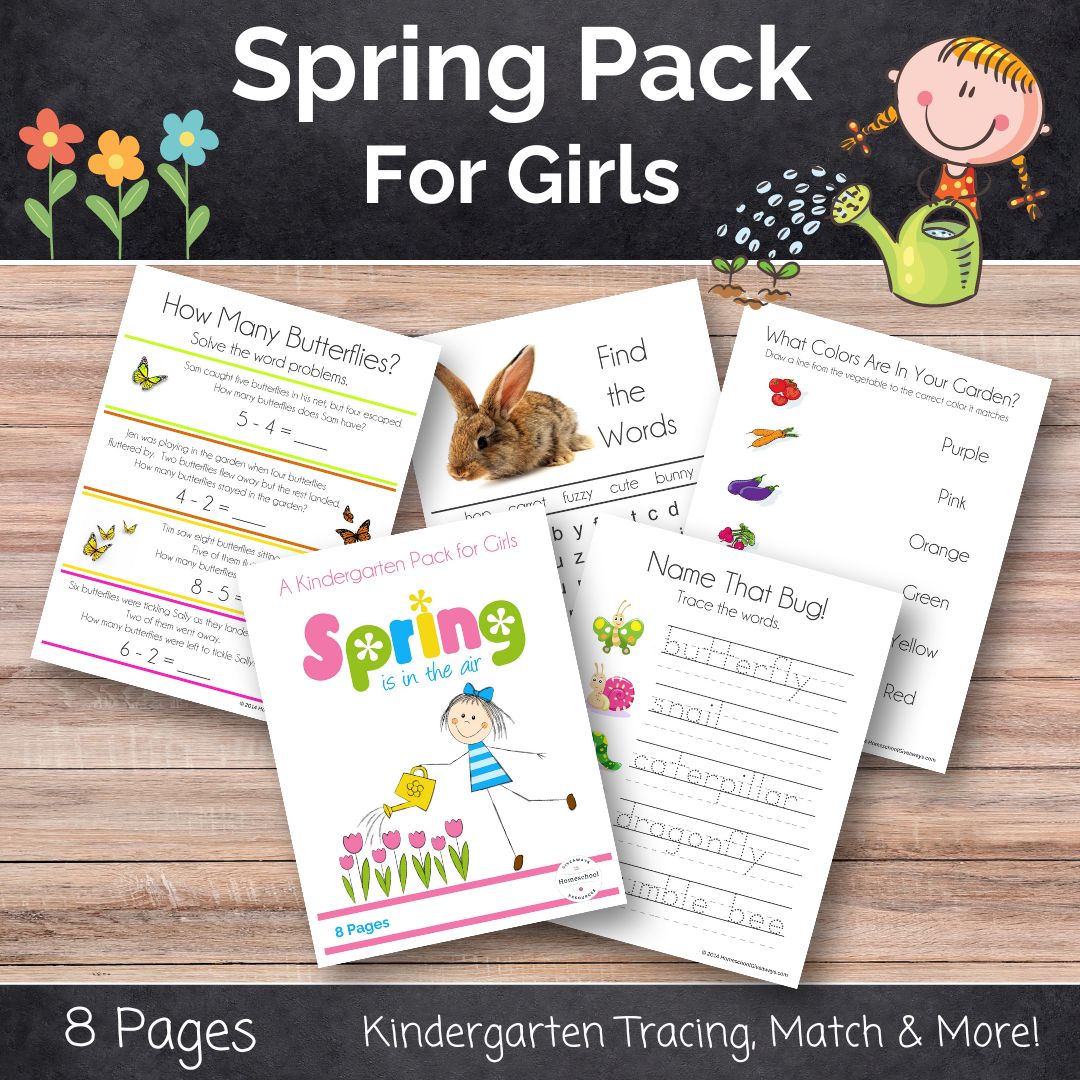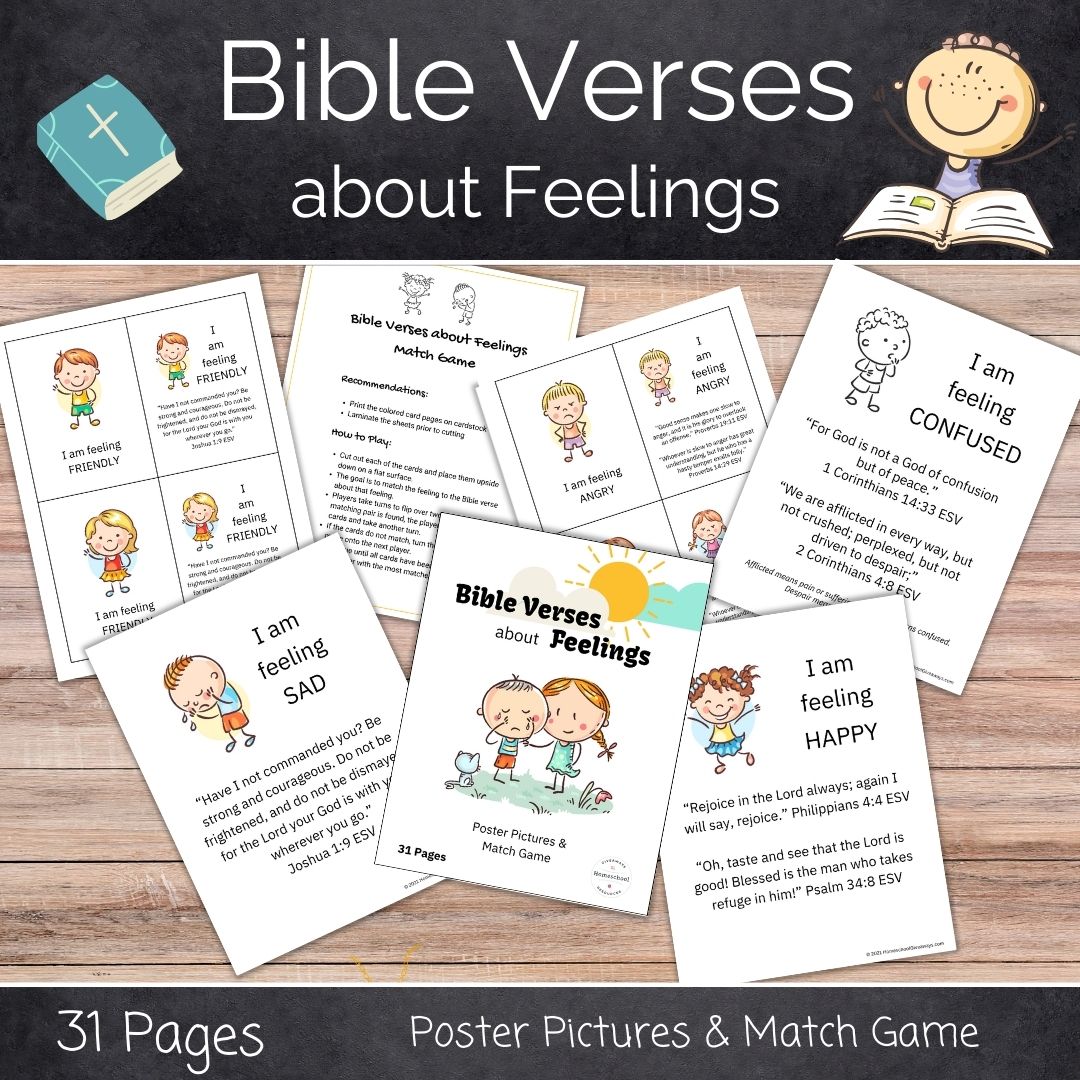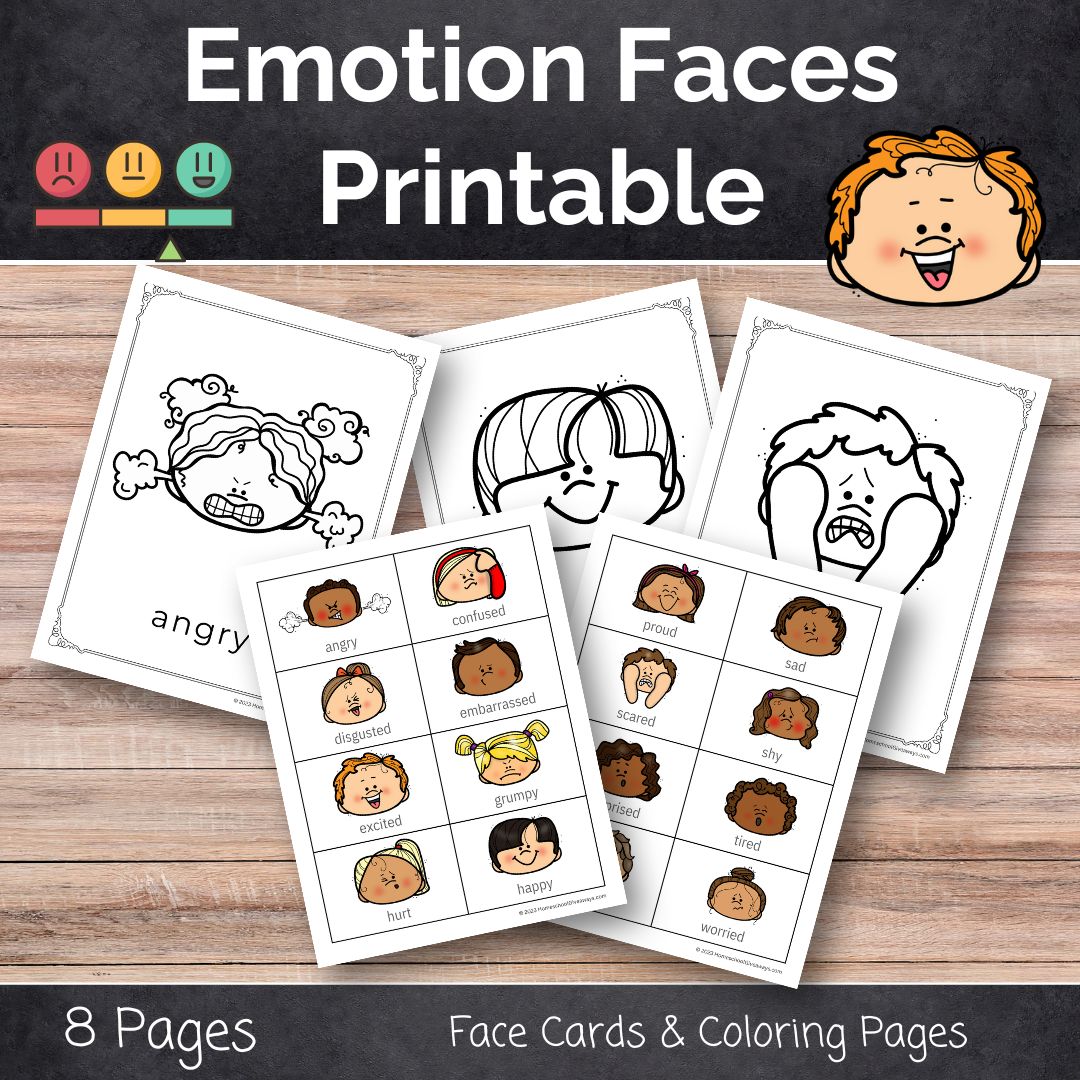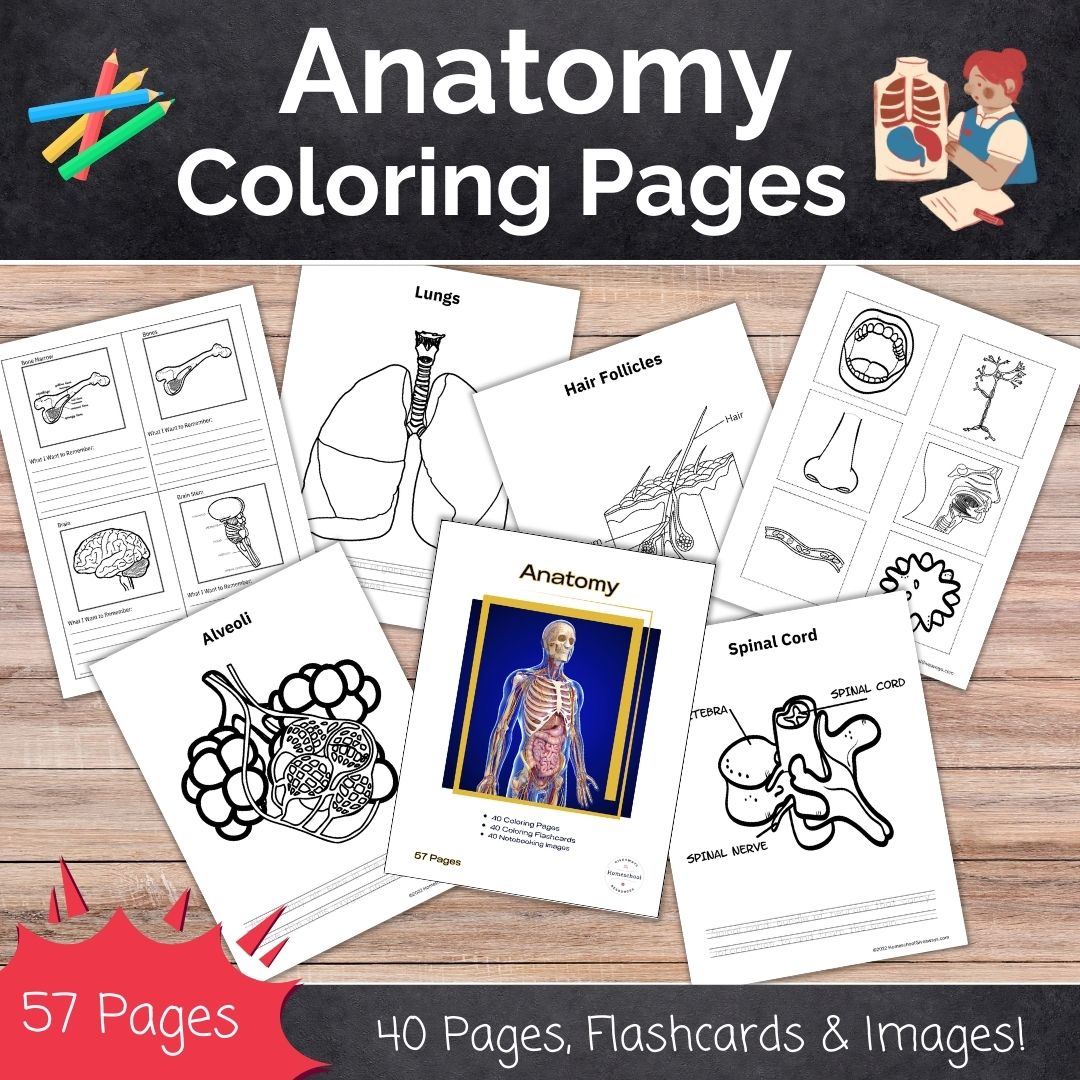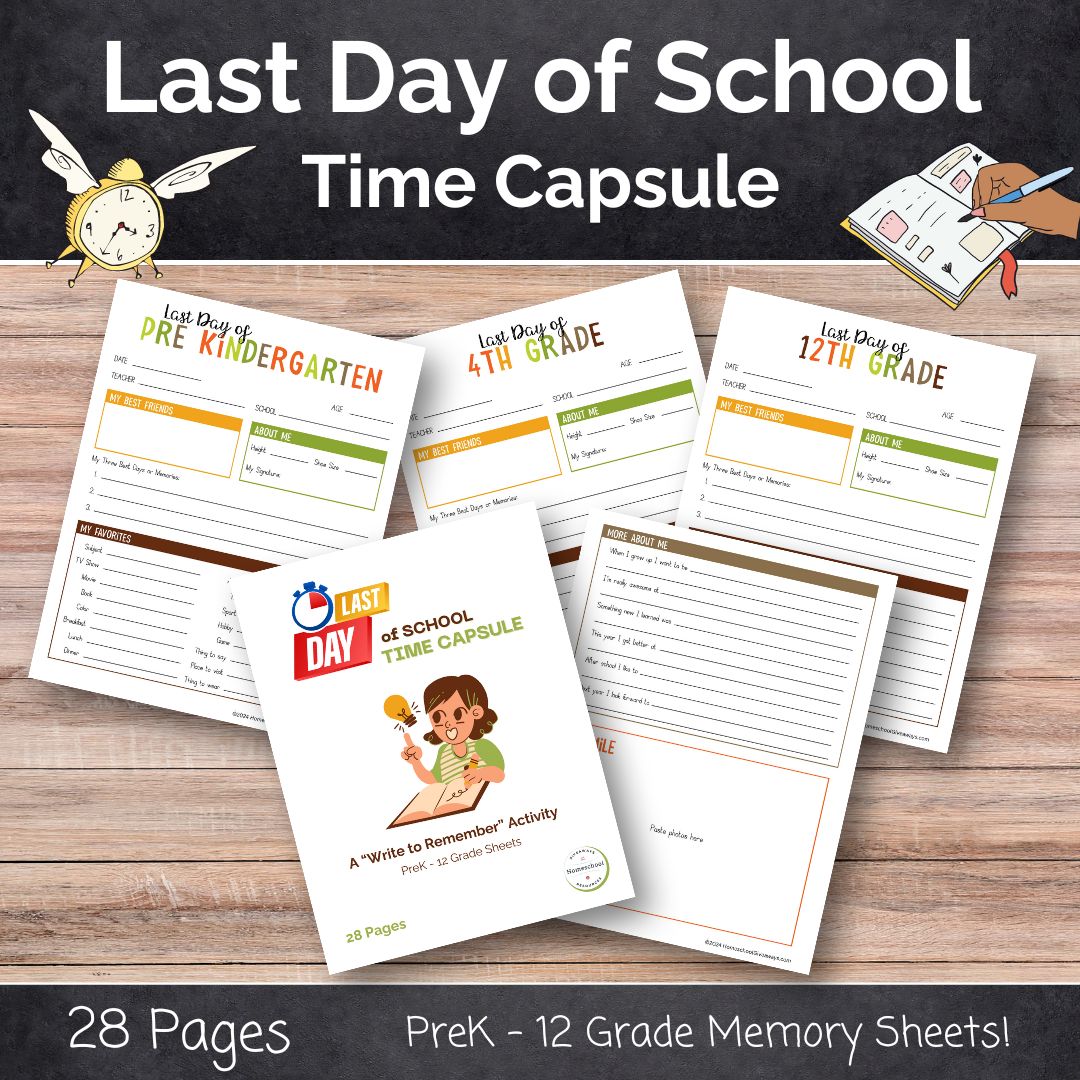Homeschooling
Simplified
We help busy parents save time, reduce stress, and stretch their homeschool dollars with free and low-cost homeschool resources.



Featured freebies
We always have freebies available in our store to help you homeschool. Our freebie list can change without notice, so if you see a freebie you’d like then grab it today!
Monthly deals
We know what it’s like to try and stretch your monthly homeschool dollars, that’s why we love to discount some of our popular products.
We offer deals every month where you can save from 25-75%! We either bundle items from our current listings or give you an amazing, limited time price on a brand new printable we’ve created for you.
These deals are only available for a few days each month, so check here often or join our newsletter so you don’t miss out!
Enjoy huge savings on our regular prices from April 28th to May 31st.
Deal expires in
Are you Looking for
Homeschool help?
Are you considering homeschooling for the first time? Are you looking for free and inexpensive templates, printables, and worksheets to help stretch your budget? Or are you searching for fun activities and ideas to bring a little creativity to your schooling?
If you’re saying to yourself “Yes! That’s me” Then keep reading because we are here to help.
Let me start by saying – “You can do this!”
You might also be feeling overwhelmed and uncertain but you are not alone.
I’ve been where you are and remember when I was overwhelmed because I thought I had to know which high school chemistry curriculum I planned to use when our twins were just starting preschool.
I also spent countless hours wandering through websites for printables and resources I could actually afford to use. So many days I felt stuck in a raging river or lost in a thick forest wondering if I would find my way through.
Homeschooling truly is a journey. It can and will be an adventure which includes unknown challenges, struggles and victories.
Some days you’ll feel like you made it to the mountaintop like Zebulon Pike, while other days you’ll feel completely lost in the Bitterroot Mountains like Lewis and Clark.
You may choose to homeschool the children in your life from preschool all the way to college. Or you may choose to do so for only a year or specific season. However long the journey may be for you, we are here to help you find your path and resources to support you along the way!
Enter our giveaway
We also offer a monthly giveaway to help you homeschool. (Honestly, how can we call our site Homeschool Giveaways without it? 😉)
Entering is easy – simply check out anything from our store to be entered to win.


Other Ways we
Help you homeschool
Our Blog
We have over 6,200 posts filled with resources and freebies we’ve gathered from across the web since 2011. We recommend exploring this area when you have time to research and read.
Homeschool 101
We know you will have questions on how to start your homescooling journey. Find resources to help you learn more about the benefits, getting organized, and curriculum options.
Fun Activities
One of the best parts of homeschooling is the flexibility to include fun field trips, movies and more. Every subject can become an opportunity go on an educational adventure.


